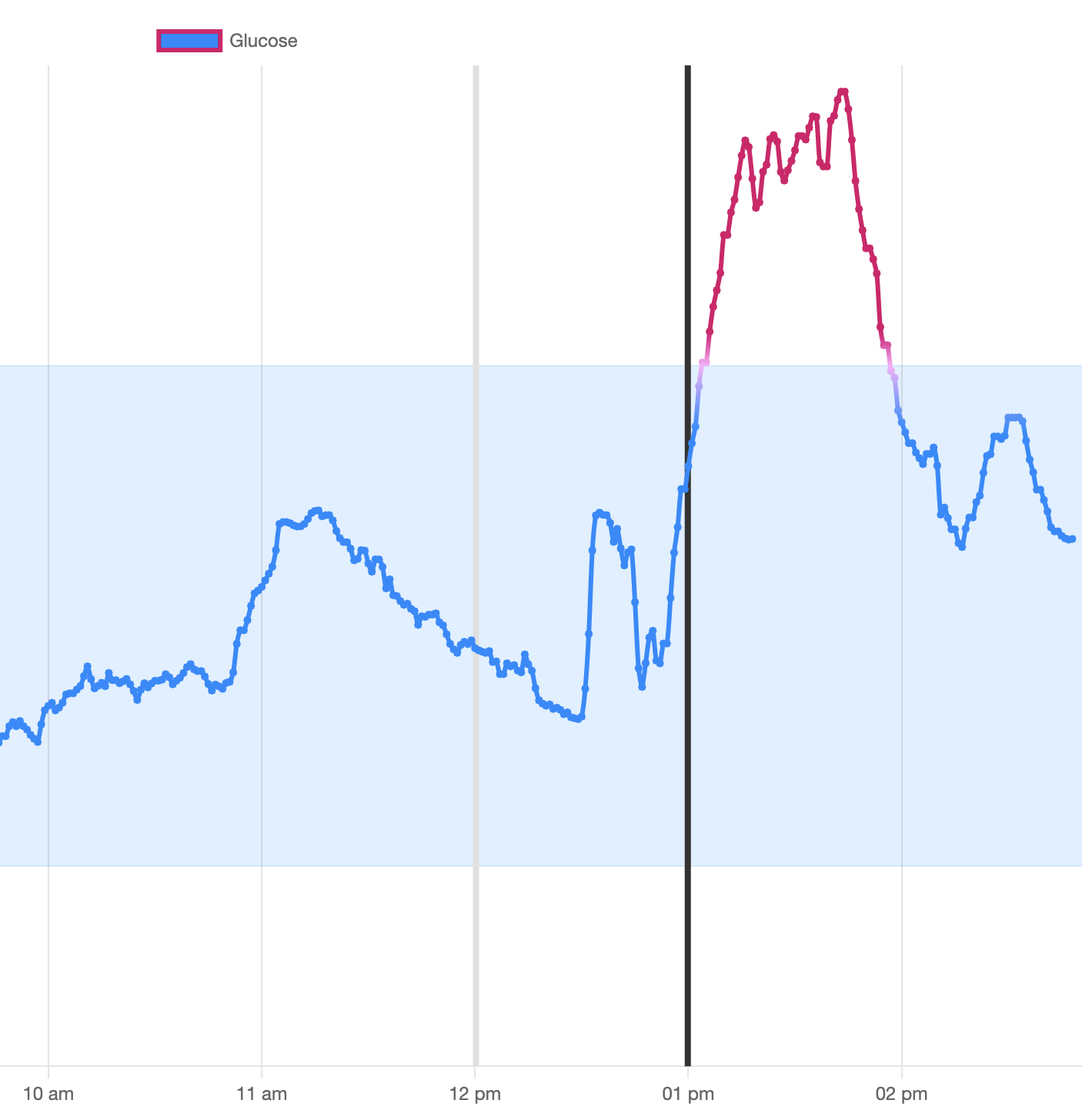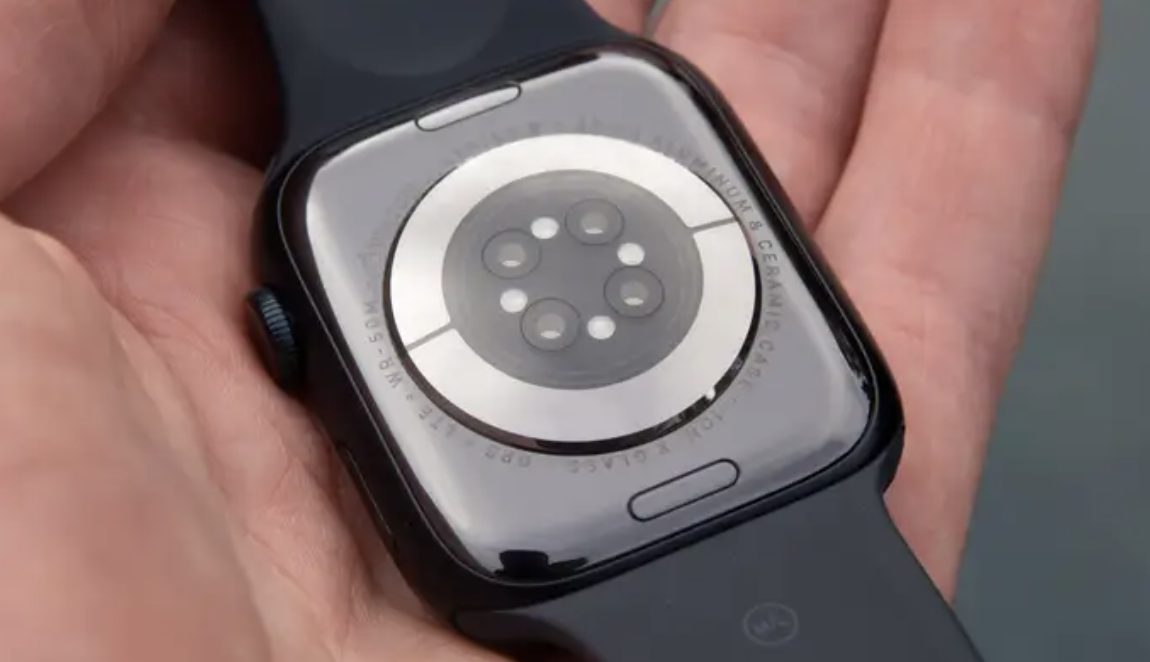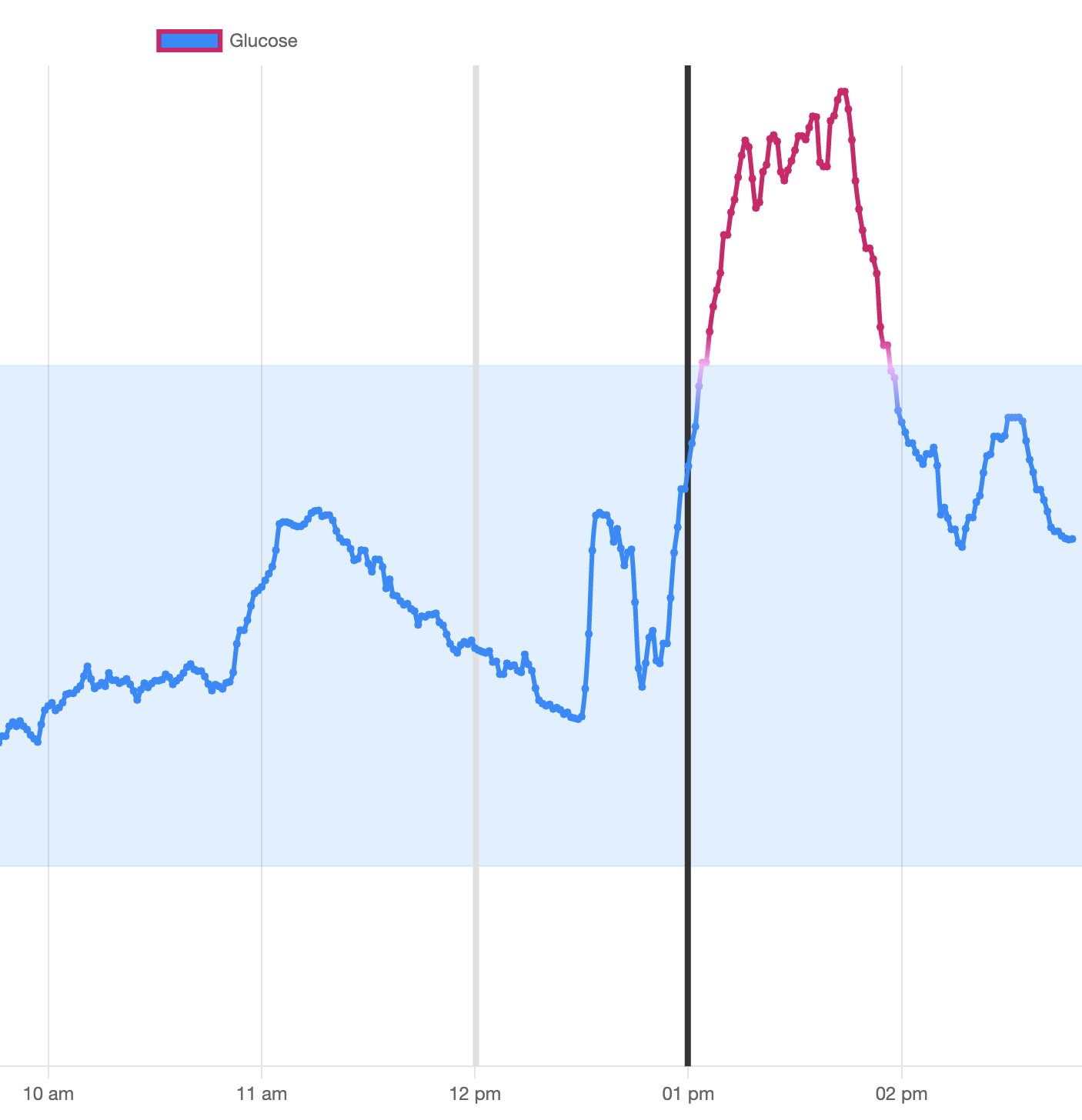
Apple's glucose monitor - inevitable, not imminent
Another report came out yesterday from Bloomberg’s Mark Gurman about Apple’s efforts to add blood glucose monitoring to Apple Watch. Mark’s sources are excellent, and he very often scoops upcoming news, but I should point out that there’s been speculation on this for years now. This piece, from early 2021, among others.
Thoughts overall:
Non-invasive blood glucose sensors will happen, and be a great thing — it’s Moore’s Law, just a matter of time
Unclear if this will be ready for Apple Watch in near future. If it is, then it's unlikely this will be “continuous” glucose monitoring — more like sampling, which addresses a different use case
Tech and timing
First, non-invasive blood glucose sensing is absolutely a Holy Grail for wearable health tech. There are so many benefits to it compared to existing solutions, which require needles and puncturing the skin: it’s a one-time cost, instead of recurring; it’s more convenient; it’s more accessible; it’s less painful and less prone to side effects like skin irritation.
I do believe it’s a Moore’s Law-type problem, where advancing tech and the huge market for it makes it inevitable sooner rather than later.
Apple’s hardware cycles are long. We’ve seen clues leak onto the internet for many years, including from Rockley Photonics, a supplier to Apple, that they are developing non-invasive glucose sensor technology, and planned for it to be ready by 2023 — though “planning” and actually shipping are very different. I heard from an electronics industry insider that Apple has at least three separate teams working on this — so perhaps the E5 project made progress faster than the E3 and E4 teams, or whatever the teams are internally codenamed.
Sampling vs point-in-time vs continuous
This is very important. At the moment, standard Apple Watches have a battery life of a day or so. To eke out 24 hours, they use lots of smart software to manage power draw. Current watches have these sensors:

You can see a whole variety of them on the back of the watch, different LEDs (red and green colors) and other metal sensors:

One key part of power management is snoozing and activating the sensors at the right times, collecting metrics every, say, 10 minutes instead of several times a minute, but using a workout mode for continuous metrics during peak activity times like a gym session. This is “sampling” — you get a rough picture of your body data, but it’s not high-resolution.
Some of the advanced features, like ECG and blood oxygen testing, are less frequent still: “point-in-time” rather than sampled or continuous. You put your finger on the side of the watch and stay still for a bit, or rest your arm on a table for 15 seconds while it does a measurement. It’s not something that auto-collects your data throughout the day — it takes effort and focus, so you don’t do a lot of readings.
Continuous is key — and unlikely with Apple Watch
If you tried to run down the battery of a watch deliberately — just sit for hours and do oxygen and other point-in-time readings continuously — you’d probably get to zero in half a day, maybe less. So hypothetically, if Apple adds glucose sensing to the watch, and you run And having to charge your watch twice daily would probably be so frustrating you’d give up wearing it.
But today’s continuous glucose monitors — the semi-invasive ones used primarily by diabetics, but also Limbo members, with a tiny filament just under the skin — do continuous measurement for 14 days in a row. Although applying them is a hassle compared to a watch, they offer
For Limbo, continuous tracking is key, because with continuous monitoring we can piece together the full picture of a person’s health and energy system — diet, exercise, sleep. With point-in-time glucose, there are too many empty data patches to be able to impute the rest.
It’s not just diabetes — it’s everybody’s health
Blood glucose is still thought of by the general public as an issue for diabetics, but it’s not: it holds the key to so much more than that. With the rate of obesity and overweight at over 70%, it’s very illuminating to look at a typical cross-section of a non-diabetic’s blood glucose chart:

This Limbo member — not diabetic — ate a standard “healthy” food on a “normal” diet, and it spiked their blood glucose massively. When the body is flooded with glucose, it releases insulin, which tells cells to pull the sugar out of the blood and store it. When those storage spaces are full, the excess is shunted off to fat.
Those red spikes are a microcosm of the obesity and diabetes crisis facing the world today. By repeating that pattern of massive spike then crash multiple times per day, the body’s systems degrade over time, resulting in insulin resistance, obesity, diabetes, metabolic syndrome and a host of issues.
The availability of 24-7 pizza and all the modern, processed, ultra-dense energy foods — barely available before the 1950s and never available over longer history — has made our body’s Stone Age energy systems go haywire, and all the pieces of that puzzle are contained in our blood glucose.
Measuring it continuously unlocks a new understanding of how our bodies work, and how we can manage our diet, sleep and exercise to not only lose weight and steer clear of metabolic disorders, but also attain our best selves. Ubiquitous and affordable continuous glucose measurement will be an amazing thing, whether it comes from Apple or somewhere else.